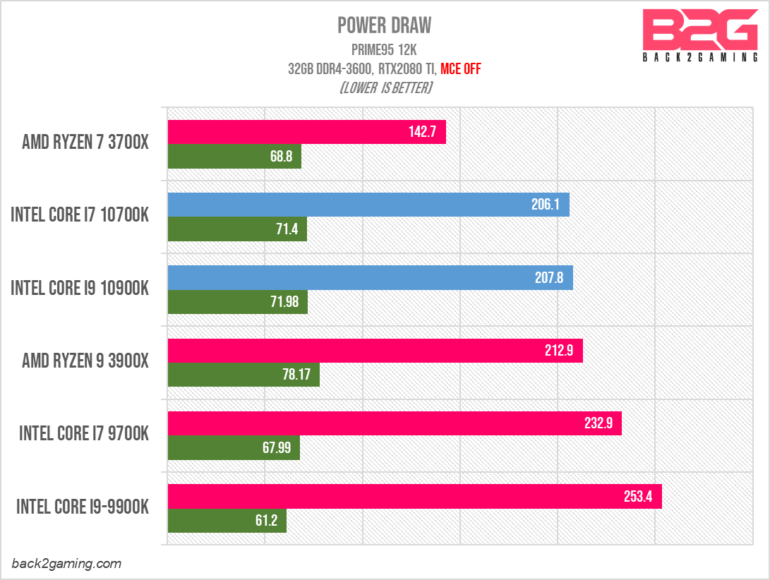Review information on the soon-to-be-released 10th generation desktop lineup, as well as all relevant information will be linked in this thread. OP will be updated as information becomes available in the next few days. Please, post links to reputable sites you want to see in the OP, and I'll add them. Thanks!
Anandtech
Phoronix (Linux Benchmarks)
LTT (YouTube Video)
Gamers Nexus
Euro Gamer
ComputerBase.de
Back2Gaming
HWUB (YouTube Video)
Sweclockers
Nordic Hardware
Reviews Roundup on VideoCardz
Anandtech
Phoronix (Linux Benchmarks)
LTT (YouTube Video)
Gamers Nexus
Euro Gamer
ComputerBase.de
Back2Gaming
HWUB (YouTube Video)
Sweclockers
Nordic Hardware
Reviews Roundup on VideoCardz
Last edited:










